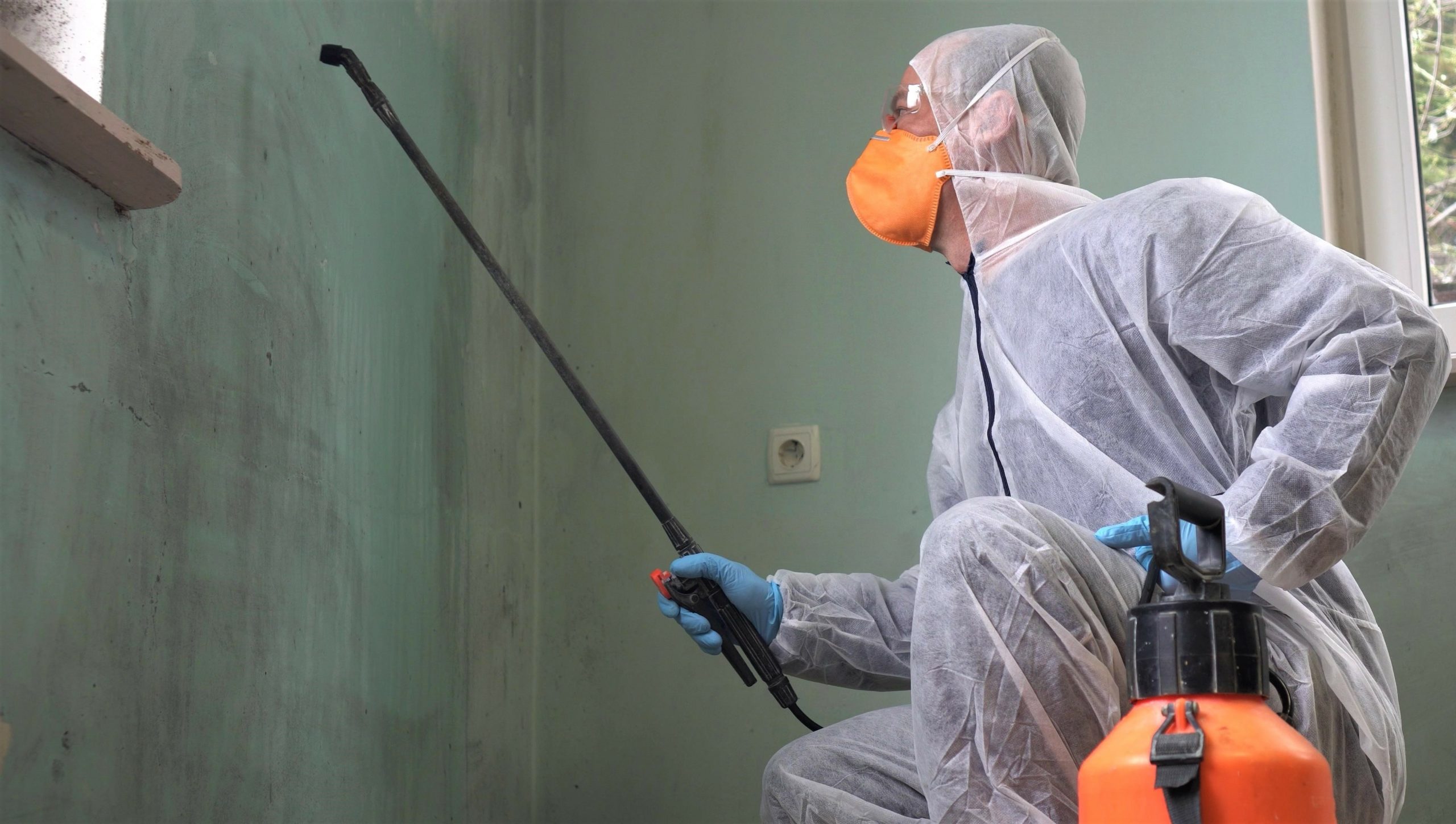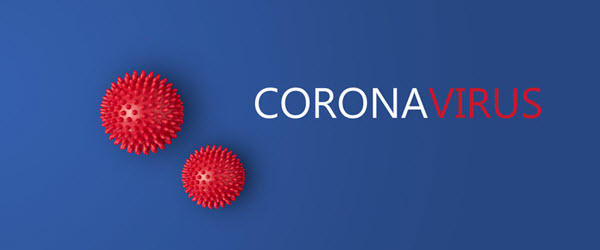Environmental Working Group has made it its mission to bust open the secrecy of the chemical cleaning product industry: “ingredient labels are mandatory for food, cosmetics and drugs—but not for cleaners.”
EWG recently released a preview of its upcoming EWG Cleaners Database, revealing shocking information about a number of the most common and most popular cleaning products from air fresheners to furniture polish to floor cleaners to kitchen cleaners and disinfectants.
Perhaps one of the most surprising aspects of this list is the number of leading “green” cleaners included, illustrating the widespread use of “greenwashing.”
Here’s a quick list of the Hall of Shame categories and the “winners.” And we’ll share information from the EWG Cleaners Database when it becomes available!
Greenwashing Offenders
· Simple Green Concentrated All-Purpose Cleaner
· Whink Rust Stain Remover
· Citra-Solv Cleaner & Degreaser
Banned Abroad (largely the European Union)
· Spic and Span Multi-Surface and Floor Cleaner
· Scrubbing Bubbles – Antibacterial Bathroom Cleaner & Extend-A-Clean Mega Shower Foamer
· Mop & Glo Multi-Surface Floor Cleaner
· DampRid Mildew Stain Remover Plus Blocker
· EASY-OFF Fume Free Oven Cleaner
Drain Cleaners that can burn and blind
· Drano Professional Strength Kitchen Crystals Clog Remover
Oven Cleaners that emit toxic fumes
· Walmart Great Value Heavy Duty Oven Cleaner
· CVS/pharmacy Fume-Free Oven Cleaner
· EASY-OFF Heavy Duty Oven Cleaner Aerosol Spray
Mystery Mixtures
· Target’s Up & Up: Toilet Bowl Cleaner; Glass and Surface Wipes
· LA’s Totally Awesome: Orange All Purpose Degreaser & Spot Remover, among others
· Walmart’s Great Value: Heavy Duty Oven Cleaner; lemon-scented Furniture Polish
Fatal if Inhaled
· Glade air freshener sprays
· Air Wick automatic air fresheners
· Old English furniture polish
· Spot Shot carpet stain remover
Fatal if Swallowed
· Lysol Disinfectant Power Toilet Bowl Cleaner with Lime & Rust Remover
· 2000 Flushes Toilet Bowl Cleaner
· X-14 Toilet Bowl Cleaner
High-hazard Ingredients
· Hagerty Liquid Jewel Clean (perchloroethylene)
· Tarn-X Tarnish Remover (thiourea)
· Ajax, Dynamo and Fab Ultra Liquid Laundry Detergents (formaldehyde aka formalin)
Combatting Static with Toxic Chemicals
· Static Guard
· Final Touch Ultra Liquid Fabric Softener
Spray Cleaners with Asthma-causing Ingredients
· Clorox
· Fantastik
· Febreze
· Formula 409
· EASY-OFF
· Lysol
· Mr. Clean
· Spic and Span
100+ Hidden Chemicals
· Comet Disinfectant Cleanser Powder – 146 different chemicals emitted in ingredient testing
· Febreze Air Effects – 89 air contaminants
Undisclosed Chemicals in the Air
· Lysol Neutra Air Freshmatic
· Air Wick Freshmatic Compact
· Febreze and Glad automatic air fresheners
Dead Zone Detergents—create wastelands in natural land/water runoff areas
· Finish Glass Magic Hardwater Performance Booster
Only 44 percent of American consumers trust companies’ green claims
So you think it’s the right marketing or philosophical choice to be a “green” cleaning company, but how do you know that the “green” products you use are
· effective at actually cleaning—removing contaminants?
· proven disinfectants—killing and/or removing 99.9% of specific bacteria and germs (keep in mind that the EPA will not register a disinfectant calling itself “green”)
· safe for cleaning technicians to use, homeowners to breath, pets and children to be near, and for the environment when washed down the drain or off-gassed into the air
· green in any way—reducing waste and pollution through the entire manufacturing and delivery process, using less water to effectively clean and disinfect (that when using “traditional” products)
There are a LOT of questions you need to answer for yourself and to be prepared to answer and provide proof for to consumers. A recent survey indicates that saying you’re “green” might get you in more trouble than simply being green and good.
ISSA News March 28, 2012 — Only 44 percent of American consumers trust companies’ green claims, according to a recent Cone Communications survey.
Eight in 10 Americans surveyed don’t believe companies are addressing all of their environmental impacts, reports The Environmental Leader. The report also found that 43 percent of consumers actively seek out environmental information on the products they buy, and 77 percent would boycott a product if misled about its green claims.
Consumers Don’t Trust Green Product Claims, Survey Says
Eight in ten Americans don’t believe companies are addressing all of their environmental impacts, and only 44 percent trust companies’ green claims, according to research by Cone Communications.
This skepticism may affect sales. In fact, as many as 77 percent would be willing to boycott if misled, according to the 2011 Cone Green Gap Trend Tracker.
Some 43 percent of consumers actively seek out environmental information on the products they buy, according to the survey. When purchasing an environmental product, 81 percent are likely to be swayed by an ecolabel such as Energy Star or WaterSense. And 80 percent would choose a product if its packaging featured specific data detailing, for instance, how much plastic was saved over an earlier version.
Environmental imagery on packaging, such as a mountain ranges or trees, would sway 44 percent of consumers, the survey says.
In general, green consumers are getting more savvy about products’ environmental claims. In this year’s survey just 36 percent of consumers thought that products labeled “environmentally friendly” have a positive impact on the environment – rather than just being less damaging than non-green products. This figure is down from 41 percent in 2011 and 48 percent in 2010.
Some 42 percent of Americans have been discouraged from buying a green product because they believed it cost more than the traditional product, and a third believed the environmentally preferred product would not be of equal quality, the survey says.






